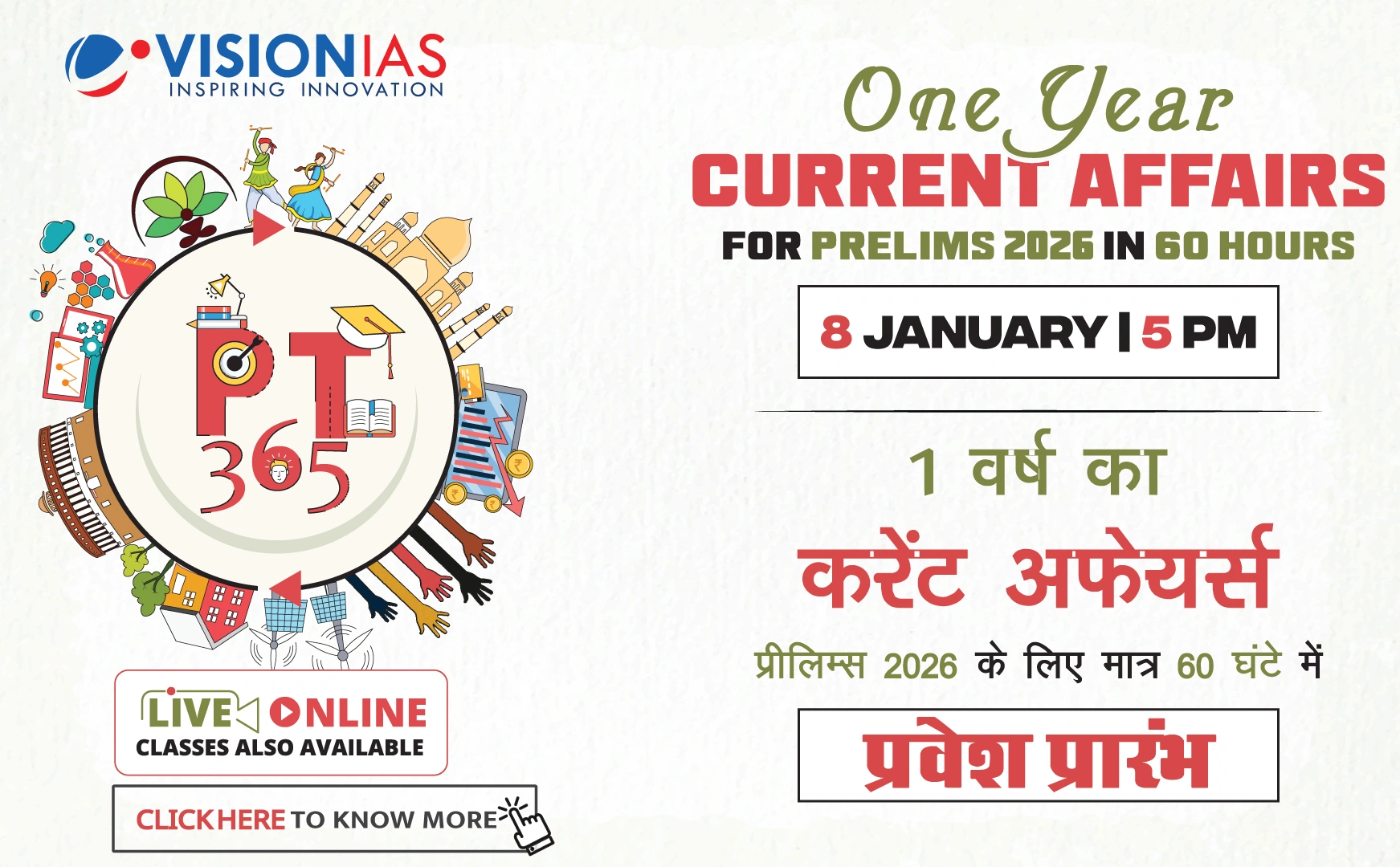Financial Autonomy for Panchayats
With the 16th Finance Commission advocating for Panchayats to increase their Own Source Revenue (OSR), the Centre has initiated a study to develop a viable financial model. States have been urged to address gaps highlighted in a report to implement comprehensive recommendations.
Key Recommendations
- Issuance of clear guidelines on tax assessments and user charges at the Panchayat level.
- Appointment of Panchayat Secretaries with tax-trained staff to bridge the 'skill gap'.
- Adoption of practices from West Bengal and Maharashtra, such as maintaining local services like water supply.
- Implementation of standardized rate structures and tariff rates for trade licenses.
- Introduction of community-based monitoring mechanisms.
- Legal amendments where necessary to facilitate these changes.
Current Financial Status
- Data from the Ministry of Panchayati Raj indicates that Gram Panchayats raised only ₹5,118.98 crore as OSR from 2017 to 2022.
- This amounts to ₹59 per capita and ₹2.27 lakh per Panchayat.
- Panchayats currently generate only 1% of their revenue independently, relying heavily on central and state funding.
Challenges and Concerns
- Panchayats are empowered to levy nearly 20 types of taxes/charges, but actual collection is minimal.
- Empowered taxes vary significantly across states, from two in Bihar, Punjab, and West Bengal to eight in Gujarat, Karnataka, and Kerala.
- Ambiguities in laws hinder effective tax and charge collection.
- Human resource and capacity-building challenges further constrain Panchayat functioning.
Additional Observations
- Top 10 Gram Panchayats with the highest per capita income are primarily from Karnataka, Andhra Pradesh, Maharashtra, and Gujarat.
- Gram Panchayats in Eastern and Southern India perform better in user charge collection compared to those in Northern India.



